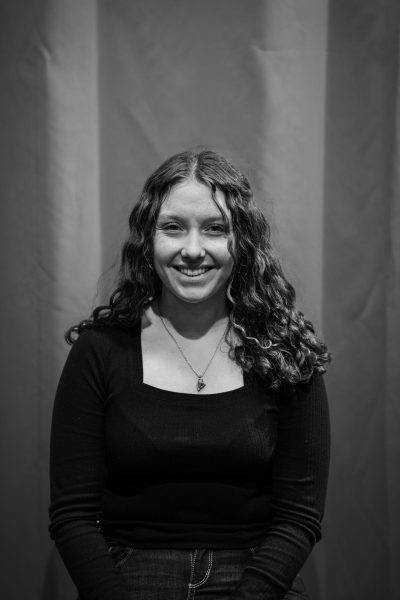Diving into the Charles’ Dirty History
January 24, 2023
The cities of Cambridge and Boston were settled along the Charles River to take advantage of its resources and beauty. Unfortunately, in the last 200 years, humans have used its flowing water as a dumping ground. This has caused major harm, turning the once pristine river into an infamously toxic waterway, and even inspiring the 1960s song “Dirty Water” by the Standells. Many factors contributed to the heavy pollution of the Charles River, most notably the untreated sewage from the surrounding communities that flows directly into the river. In addition, the river was sullied by waste from railyards, landfills, and industry. After the Charles River was graded “D” by the United States Environmental Protection Agency (EPA) in 1995, the EPA finally spearheaded an effort to clean it up. Since then, while significant progress has been made, there remains much more to be done.
The Charles River, spanning over 80 miles and home to all kinds of wildlife, flows from Hopkinton, Massachusetts, letting out in Boston harbor. As cities around the river began to grow, so did its pollution. In 1840, internal plumbing was introduced to surrounding cities and towns, causing sewage water to stream directly into the river, creating swells in bacteria and stench. Over the next 60 years, various projects were introduced to try to clear the human waste and stench from tidal flats. Eventually, in 1908, a dam was built between Cambridge and Boston to eliminate the human waste collecting.
This dam solved the initial problem but created a new one: with basins forming in the Charles River and no real current or steady flow of water, heavy metals and other toxic sediments settled to the bottom of the river. The Harvard Crimson reports that SJ Port, a spokesperson for the Charles River Conservatory, states, “Sediments on the river bottom contain toxic heavy metals, PCBs, and other contaminants.” This resulting bottom sediment makes cleaning the river extremely difficult. Though harmful to the wildlife and humans alike, attempting to take it out will stir up the river, uncovering more toxicity. After the EPA’s involvement, a real effort was made to clean the Charles, including various Charles River advocates and the Massachusetts State Government. In 2013, Brookline issued a sewer separation program to help vastly reduce sewage contaminated with human waste, also known as Combined Sewer Overflow (CSO) entering the river. Other towns have followed suit, including Cambridge. The EPA reports that “As a result of various CSO projects throughout the lower Charles (in many cases, eliminating CSOs entirely), the Massachusetts Water Resources Attorney has reduced CSO discharges by an impressive 99.5%.”
Despite the progress, challenges still persist. These include storm drain pollution, bacterial overgrowth, invasive species, and nutrient challenges. In recent years, many people have worked to clean up the river through volunteer programs like the Charles River Cleanup Club at CRLS and the Charles River Watershed Association. According to Charlotte Moldrem ’24, a leader of the CRLS Charles River Cleanup Club, “We have made the river a cleaner and more enjoyable environment, and not just within our schools community” encouraging students to participate in the cleaning of the river. While there is still work to be done, the Charles will always be a vital part of Cambridge, and it’s important to appreciate and protect all that it does for the community.
This article appeared in the December 2022 print edition.










